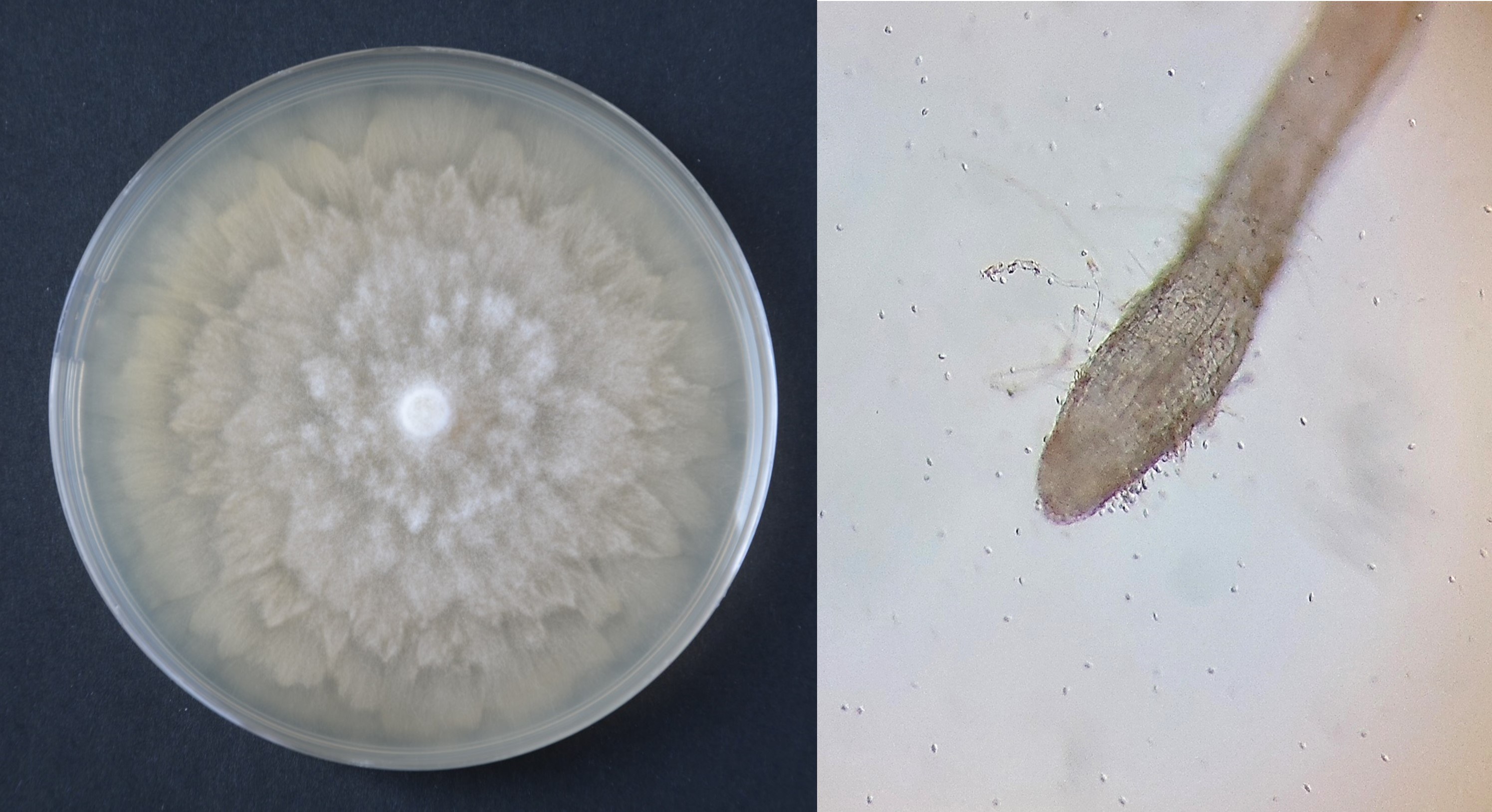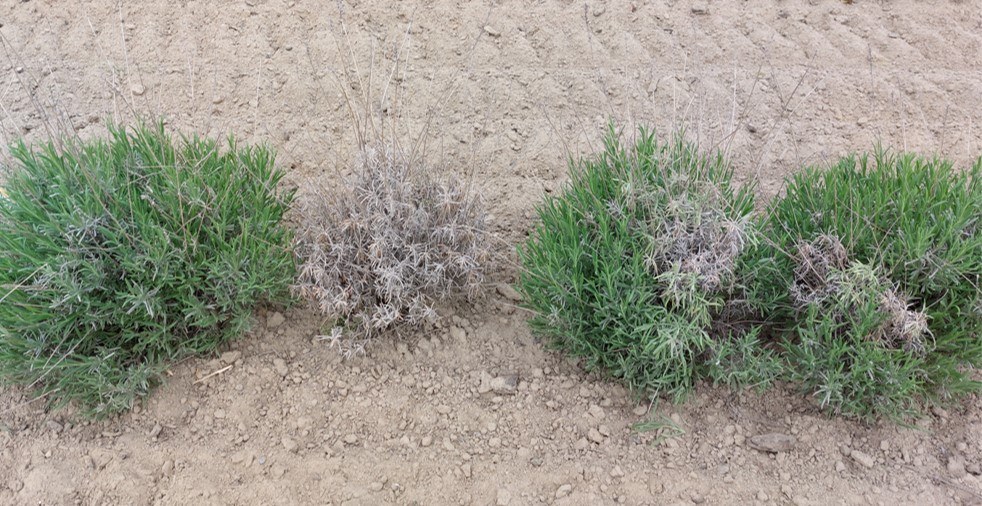General Plant pest: Phytophthora root diseases
What is Phytophthora and what diseases does this pathogen cause?
Phytophthora is actually a group of fungal organisms. Within Phytophthora there are more than 220 species and many of them can cause diseases in plants. The most well-known species is Phytophthora infestans, the causative agent of THE potato disease, which was responsible for famine in Western Europe around 1845 and led to the mass emigration of Irish people to the U.S. Although P. infestans can now be fairly well controlled by fungicides and by using less susceptible potato varieties, it is still one of the main pathogens in agriculture. A few Phytophthora species such as P. infestans primarily affect above-ground plant parts (so-called "leaf and branch Phytophthora"), but most Phytophthora species actually cause problems at the roots and/or stem base of plants (so-called "root Phytophthora"). In this article we discuss root Phytophthora. They cause problems in nature as well as in agriculture and horticulture, and there are also some species that we face in gardens that are difficult to control.

What is the process of infection and how do you recognize the symptoms?
Root phytophthora usually affects fine roots first, progressing to thicker roots and the stem base. Infection and local spread is usually through zoospores, a spore form capable of active movement over short distances to roots via flagellae. Water is essential for Phytophthora: water films are highways for the spread and wet soils promote infection. Infection eventually leads to root rot; its symptoms usually do not become apparent until months later, often during warmer and drier periods when the plant is just in need of an intact root system. Symptoms of root phytophthora sometimes begin with leaf yellowing and thinner plant growth, but usually evolve into general wilting and plant death. Symptoms of wilting, of course, can also always be purely due to extreme drought, so confirmation of any infection is definitely needed.

The risks of exotic Phytophthora species
Several of the important Phytophthora species were once accidentally brought into our country as exotics, not only the well-known P. infestans but also species such as Phytophthora cinnamomi. The latter has now also become strongly established in Europe and causes problems in sweet chestnut, cork oak and many ornamental crops, among others. It is a heat-loving Phytophthora species, which has caused considerable damage in horticulture during the more recent hot summers. Indeed, during such dry spells, there is also a lot of watering, which unfortunately promotes infection and spread.
Recent exotic introductions include species such as Phytophthora ramorum, which has caused very severe mortality in larches in the United Kingdom. Exotic Phytophthora species can sometimes cause an epidemic in a plant species not found in the pathogen's area of origin. Such plant species have not yet been able to build up resistance to the pathogen, making them very vulnerable to it. Many plant species should therefore not be brought into the EU (with or without soil), so that no exotic pathogens hitch a ride. During clandestine or unknowing imports, it can sometimes happen anyway, posing a great risk. If such pathogens do get introduced, and if noticed early enough, quarantine measures can ensure that the disease remains contained. However, latent infection, where the pathogen is present in the plant but not yet causing symptoms, complicates detection upon inspection. As a result, international spread of the pathogen, along with the planting material, may be difficult to avoid.
What can I do about it?
Initially, it is important to avoid pathogen introduction. Avoid purchasing plants of uncertain origin. If possible, keep your new plants separate (quarantined) for a period of time. Under no circumstances bring plants or cuttings from (exotic) trips!
For new plantings, you can also choose plant species that are less affected by Phytophthora. The Royal Horticultural Society (RHS, UK) publishes lists of plant species that are often reported with Phytophthora problems and that you may want to avoid. If you do prefer plants from this list, make sure they come from a reliable source and put them in areas with good drainage.
If you do have plants with symptoms, then control is not obvious. Only a few plant protection products are approved against root phytophthora, and then only for professional use. So in private gardens, such products can only be applied through a garden contractor with a pesticide license. Moreover, it is extremely difficult to get enough product to the infected roots and also kill off the endurance spores, so control is therefore only temporary. It is worth considering then replacing the diseased plant with a less susceptible plant species. In doing so, first carefully remove the affected plant and do not attempt to compost it on site, as the endurance spores may survive this. Industrial composting (e.g. via container park) is effective, however.
What is ILVO working on regarding Phytophthora?
ILVO is involved in various aspects of Phytophthora research. At the time of the P. ramorum epidemic, intensive research was conducted into distribution, survival, host plant resistance and control, among other things. Recently in lavender, we mapped which Phytophthora species occur on it and which of these are the more pathogenic. We are also working on breeding Phytophthora-resistant lavender cultivars. In addition, we participate in FPS projects in which we detect whether specific exotic Phytophthora species are present in Belgium. Finally, we are partners in a VLAIO project in which, among other things, sustainable alternative control methods are being tested for the control of Phytophthora in outdoor ornamental cultivation.
